conifer diseases/treatment.
sequoia_stiffy
15 years ago
Related Stories

GARDENING GUIDESTree Care: Common Tree Diseases and What to Do About Them
Learn to recognize trees that may be affected by diseases or pests so you can quickly take action
Full Story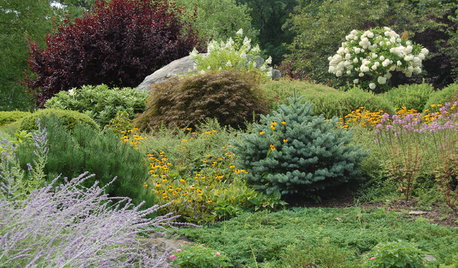
GARDENING GUIDESDesigning With Conifers: Finding the Right Garden Bedmates
In gardening, building on commonalities creates an enduring relationship
Full Story
GARDENING GUIDESHow to Switch to an Organic Landscape Plan
Ditch the chemicals for a naturally beautiful lawn and garden, using living fertilizers and other nontoxic treatments
Full Story
DECORATING GUIDESSo Your Style Is: Black, White and Read All Over
Make headlines at home with newsworthy decor
Full Story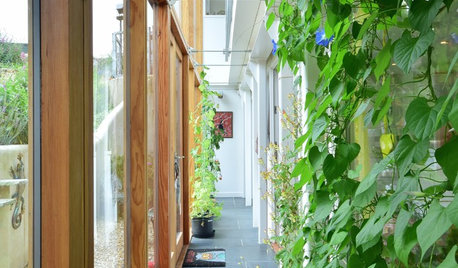
GARDENING GUIDESHealthy Home: How to Go Green With a Living Wall or Roof
See 10 ways to add this earth-friendly element to your home
Full Story
HOUSEPLANTSHow to Add a Living Wall
Learn how to choose systems and plants, and what it will cost to bring a bit of the outdoors in or green up a garden wall
Full Story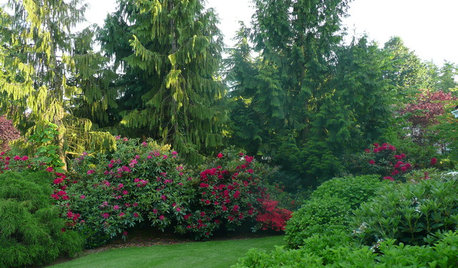
GARDENING GUIDESGreat Design Plant: Chamaecyparis Nootkatensis
Alaska cedar brings an element of sculpture to the garden
Full Story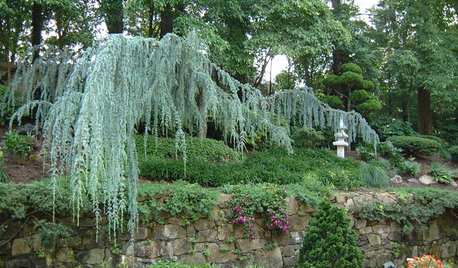
GARDENING GUIDESGreat Design Plant: Cedrus Atlantica ‘Glauca’
With its blue foliage and variety of shapes, blue atlas cedar earns its place in the sun
Full Story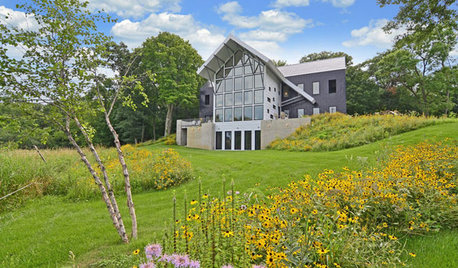
HOUZZ TOURSHouzz Tour: Contemporary Farmhouse Vineyard in Minnesota
Simple geometries, industrial materials and a nod to Eastern philosophy update the historical Midwestern farmhouse
Full Story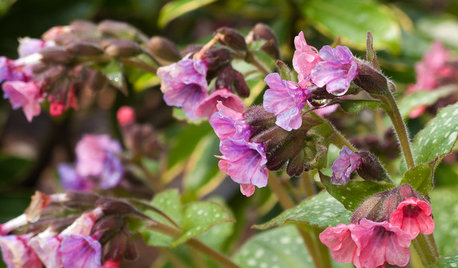
GARDENING FOR BUTTERFLIESGreat Design Plant: Lungwort
Yes, the name is unfortunate. But the flowers and foliage are delightful, and this perennial is easy to grow and shunned by deer
Full Story





jimha
sequoia_stiffyOriginal Author
Related Discussions
Oxytetracycline as a preventative/treatment for Pierce's Disease?
Q
dropsy disease/treatment/outcome
Q
Suspected Fungal Disease Treatment Question
Q
Anyone help with disease ID and treatment?
Q
ken_adrian Adrian MI cold Z5
gardengal48 (PNW Z8/9)
pineresin
sequoia_stiffyOriginal Author
gardengal48 (PNW Z8/9)
sequoia_stiffyOriginal Author
ggabies
sequoia_stiffyOriginal Author
barbaraincalif
sequoia_stiffyOriginal Author
barbaraincalif
sequoia_stiffyOriginal Author
tunilla
sequoia_stiffyOriginal Author
tunilla
barbaraincalif
sequoia_stiffyOriginal Author
emilyroggers
pineresin
wisconsitom